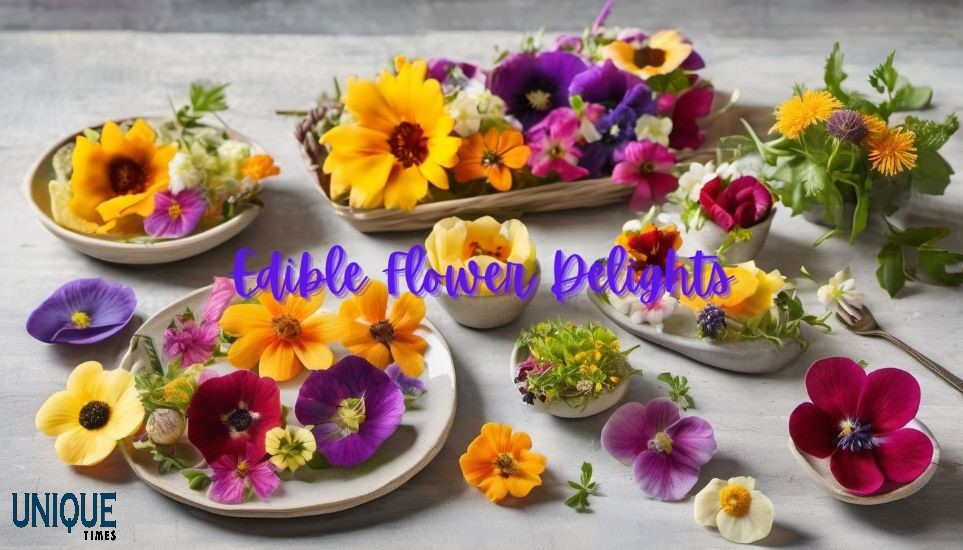Are Flowers Edible? Exploring the Culinary World of Floral Delicacies

Flowers have long captivated our senses with their vibrant colors, delicate petals, and enchanting fragrances. While they are often admired for their beauty and used in decorative arrangements, many people may not realize that certain flowers are also edible and can add a unique flavor and visual appeal to culinary creations. In this blog post, we’ll delve into the fascinating world of edible flowers, exploring their culinary uses, nutritional benefits, and safety considerations.
Culinary Uses:
Throughout history, flowers have been used in various cuisines around the world, adding flavor, texture, and visual interest to dishes. Edible flowers can be incorporated into salads, soups, desserts, beverages, and garnishes, enhancing both the taste and presentation of the final dish. Some popular culinary flowers include:
- Roses: Rose petals have a subtle, floral flavor and are often used in desserts such as rosewater-infused cakes, pastries, and jams.
- Lavender: Known for its fragrant aroma, lavender is commonly used in baked goods, teas, and syrups, imparting a floral and slightly sweet flavor.
- Nasturtiums: Nasturtium flowers have a peppery taste similar to watercress and can be used in salads, sandwiches, and as a garnish for savory dishes.
- Calendula: Also known as marigold, calendula flowers have a slightly spicy flavor and vibrant orange hue, making them a popular addition to salads, soups, and rice dishes.
Nutritional Benefits:
In addition to their culinary appeal, edible flowers also offer a range of nutritional benefits. Many flowers contain vitamins, minerals, antioxidants, and phytochemicals that contribute to overall health and well-being. For example, calendula flowers are rich in flavonoids and carotenoids, which have anti-inflammatory and antioxidant properties. Similarly, lavender contains compounds such as linalool and linalyl acetate, which have calming and stress-relieving effects.
Safety Considerations:
While many flowers are safe to eat and enjoy, it’s essential to exercise caution and ensure that you are consuming edible varieties free from pesticides, herbicides, or other contaminants. It’s best to source edible flowers from reputable suppliers or grow them yourself using organic gardening practices. Additionally, some individuals may have allergies or sensitivities to certain flowers, so it’s advisable to start with small quantities and monitor for any adverse reactions.
In conclusion, flowers are not just beautiful to behold—they can also be a delightful addition to the culinary world, offering a spectrum of flavors, textures, and nutritional benefits. Whether you’re garnishing a salad with delicate rose petals or infusing a dessert with the aromatic essence of lavender, edible flowers provide endless possibilities for creative and delicious culinary creations. So why not explore the world of floral delicacies and add a touch of natural elegance to your next meal?
Picture Courtesy: Google/images are subject to copyright








